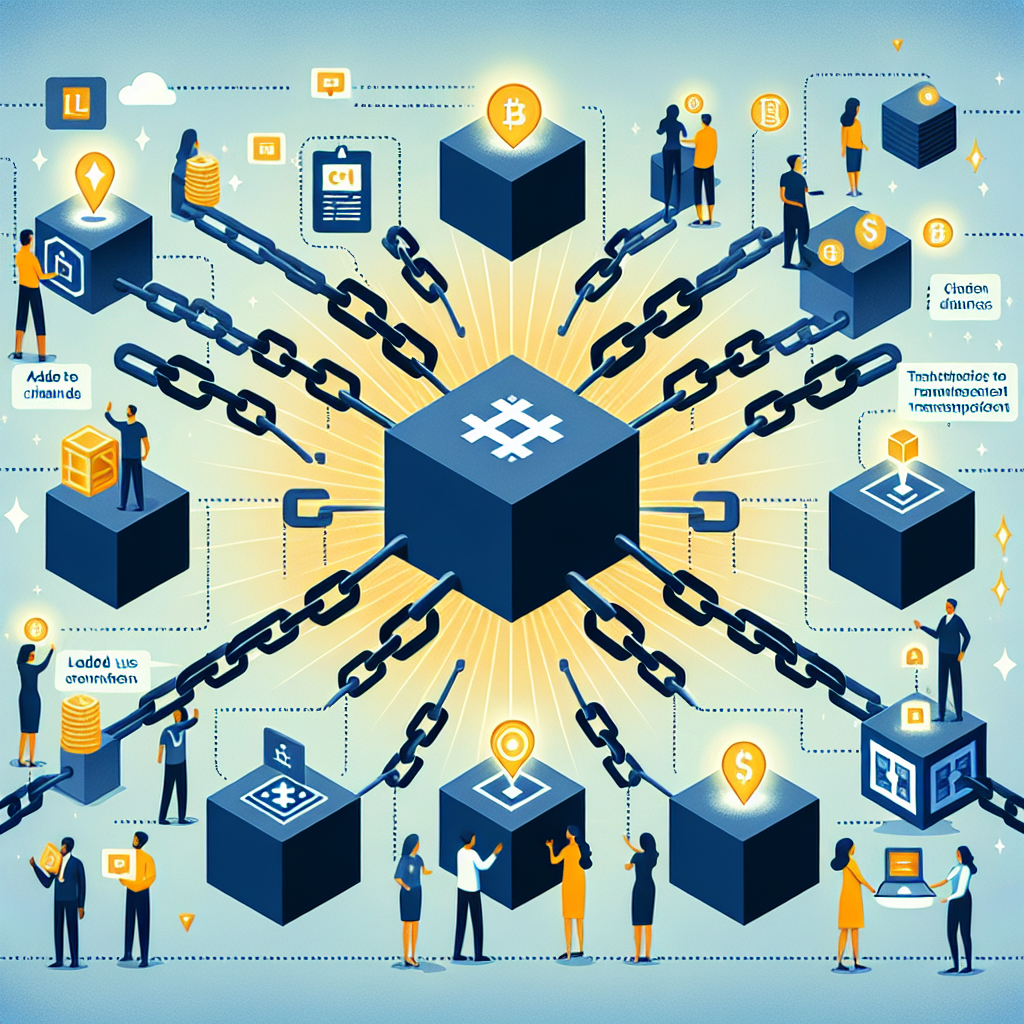What is Blockchain and How is It Used?

Many of my friends have been asking about the emergence of the blockchain revolution. According to recent news, four of the world's largest banks have teamed up to develop a new form of digital cash. This digital cash aims to become an industry standard for clearing and settling financial trades over blockchain technology. Meanwhile, Ripple has raised $55 million in Series B funding. In my opinion, there's no doubt that blockchain has the potential to disrupt traditional banking.

What Is It?
Blockchain is a data structure that serves as a digital ledger for transactions. This ledger is shared among a distributed network of computers, numbering in the millions. Utilizing state-of-the-art cryptography, the technology securely manages the ledger. Blockchain operates on a consensus model: every node agrees to every transaction, thereby eliminating the need for a central counterparty (CCP) in traditional settlement processes.
How Is It Used?
Blockchain offers broad implications for cross-currency payments by making them more efficient. It eliminates time delays and reduces back-office costs. In response to growing customer demands for faster, lower-cost global payments, blockchain allows for direct bank-to-bank settlements. Some applications of this technology include remittance services for retail customers, international transactions, corporate payments, and cross-border intra-bank currency transfers.
What is the Innovation?
The technology offers the opportunity for transactions to occur without needing to know who the other party is. Its most innovative feature is the idea of a distributed database, where trust is established through mass collaboration rather than through a centralized institution responsible for authentication and settlement.
What Problems Could Be Solved?
The potential applications of blockchain extend beyond the financial market. This technology could provide an immutable record that can be trusted for various uses. Current identity infrastructure is easily compromised; however, in a blockchain, once a block of data is recorded, it becomes very difficult to alter. Thus, it can be used for genuine privacy protection. Whenever someone attempts to add data to the blockchain, all existing copies run algorithms to verify the transaction. Malicious attempts to defraud the system are rejected, while proposed transactions are approved when a majority of nodes agree on their validity by cross-referencing the blockchain history. As a result, blockchain could serve as the basis for an open protocol for web-based identity verification, creating a 'web-of-trust' and storing data in an encrypted format.
References
- Martin Arnold, "Big banks plan to coin new digital currency," Financial Times, August 24, 2016, Financial Times Article
- Alyssa Jarrett, "Ripple Raises $55 Million in Series B Funding," Ripple official website, September 15, 2016, Ripple Article
- Don Tapscott, Alex, and Rik Kirkland, "How Blockchains Could Change the World," McKinsey & Co, May 8, 2016, ValueWalk Article